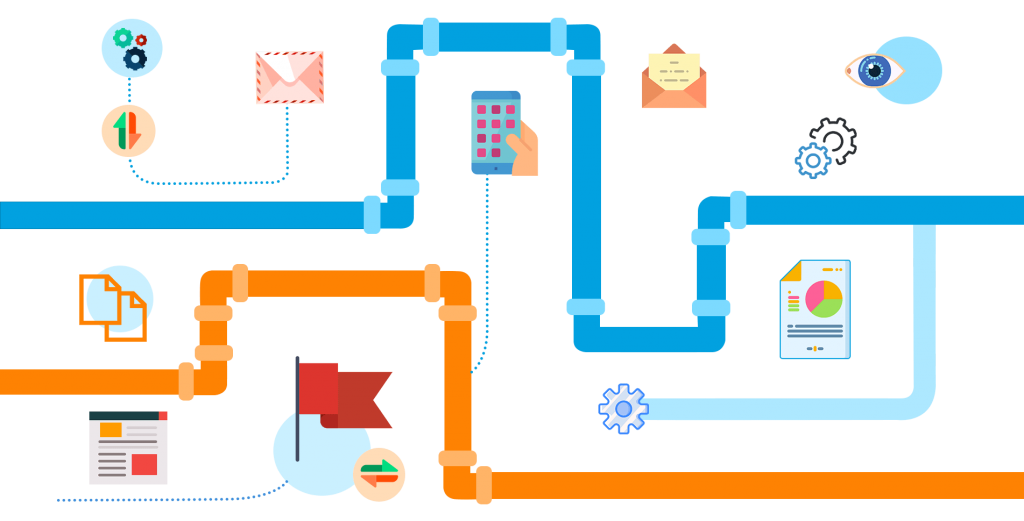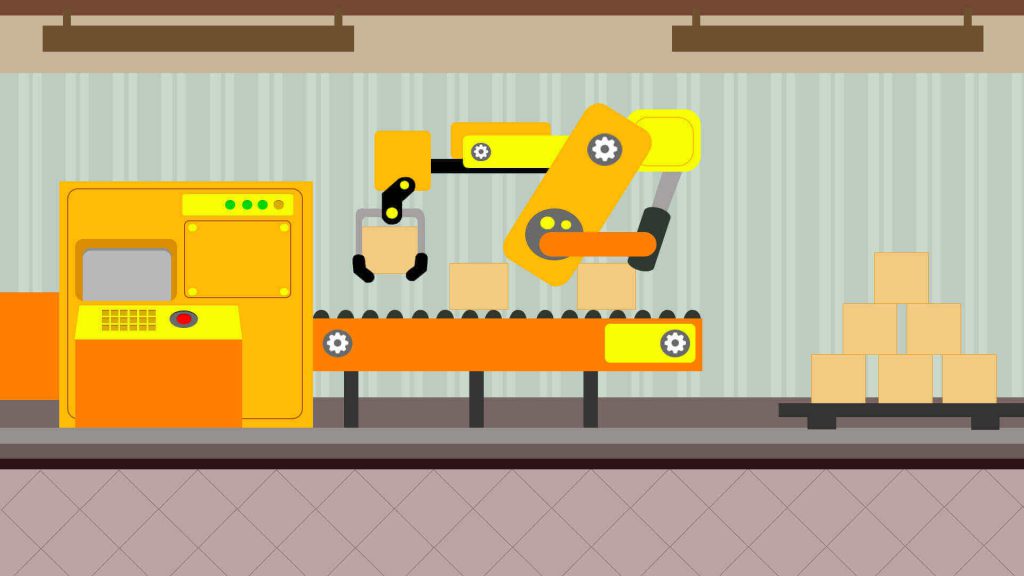Have an Idea ?
We’d Love to Hear from you.
(*) Asterisk denotes mandatory fields

Salesforce

Salesforce CPQ
Streamline sales quotes with Salesforce CPQ efficiency.
Conga CPQ
Empower sales teams with Conga CPQ for seamless quoting.
Marketing Cloud
Elevate marketing precision with Marketing Cloud's tools.
Sales Cloud
Maximize sales efficiency with Sales Cloud solutions.
Commerce Cloud
Drive e-commerce success with Commerce Cloud's expertise.
Service Cloud
Empower support teams with Service Cloud's smart solutions.
Salesforce Health and Lifescience Cloud
Transform healthcare with Salesforce Cloud solutions.
Salesforce Lightning Platform
Boost innovation with Salesforce Lightning Platform.
BigCommerce
Transform your online business with the combined expertise of BigCommerce.
Data and Analytics
Transform raw data into actionable insights for strategic growth through the power of data analytics.
Contact Us
Contact us now to discuss how we can collaborate and bring your vision to life. Your success is our priority, and we're here to support you every step of the way.


Delivering apps to clients is critical to enterprise business models, but it is rarely a core expertise. Companies' capacity to embrace application delivery and deployment methods has overtaken their ability to develop them. Companies who do not use a Continuous Delivery model will be overtaken by competitors that do. Continuous Delivery Delivering high-quality apps that match business requirements might make the difference between living and dying as an innovator.

Unreliable deployments are an immediate obstacle as firms strive to increase their ability to provide apps more quickly. Manual deployments based on out-of-date instructions, as well as semi-automated deployments based on confusing and unmaintainable scripts, are error-prone and time-consuming. Development and testing have been halted, creating dissatisfaction and delays.

Change your current release process to accommodate DevOps and Continuous Delivery.
Most organization's release processes are a stressful and inefficient combination of obsolete spreadsheets, confusion, manual catchup, and coordination. Release managers, Project Managers, QA, and DevOps teams have limited early notice of possible conflicts, delays, or bottlenecks, particularly between releases. This means that there is minimal capacity to respond collaboratively and early to minimize surprises, leading in mistakes and delays.
Have an Idea ?
We’d Love to Hear from you.
(*) Asterisk denotes mandatory fields
Location
508, Jaihind Safal, Besides Newyork Tower Thaltej Cross Road,
Sarkhej - Gandhinagar Hwy, Ahmedabad, Gujarat 380054
©2024 Perigeon Software Pvt. Ltd. All Rights Reserved.